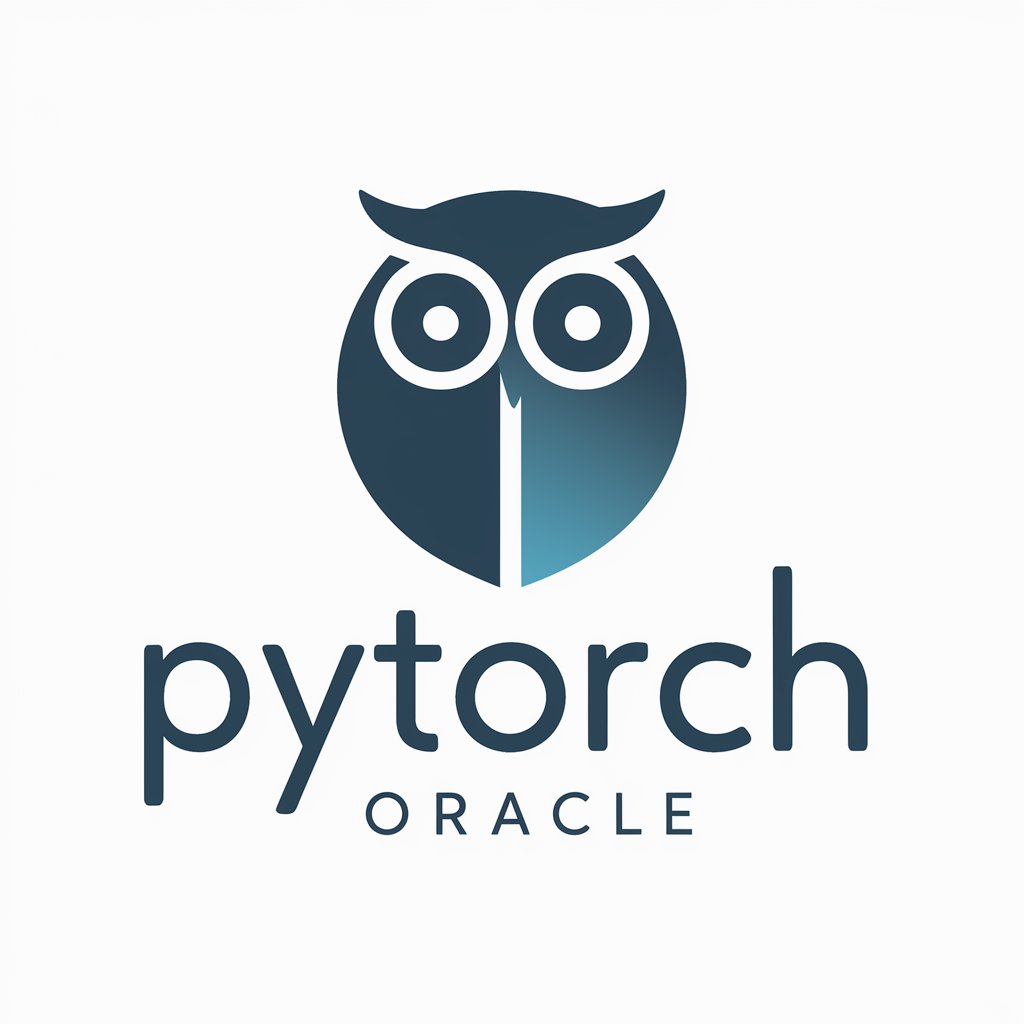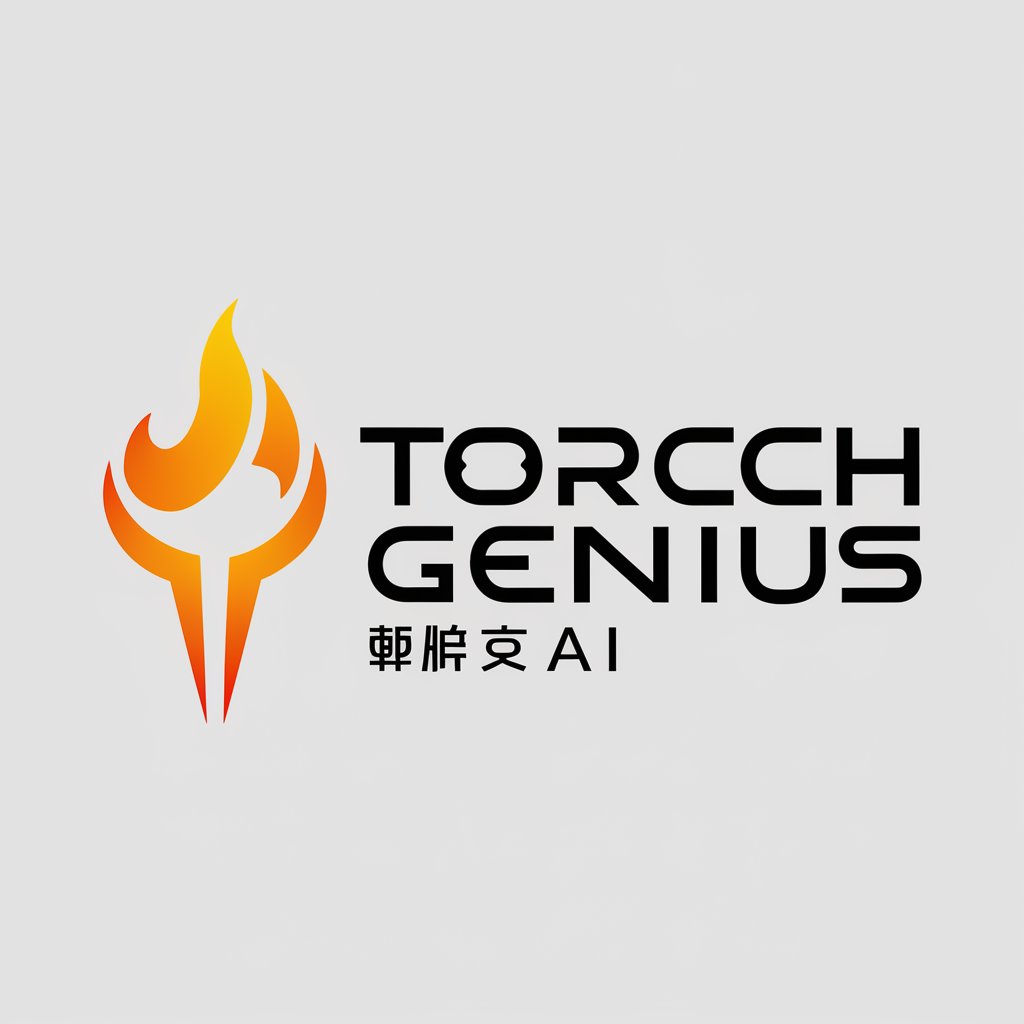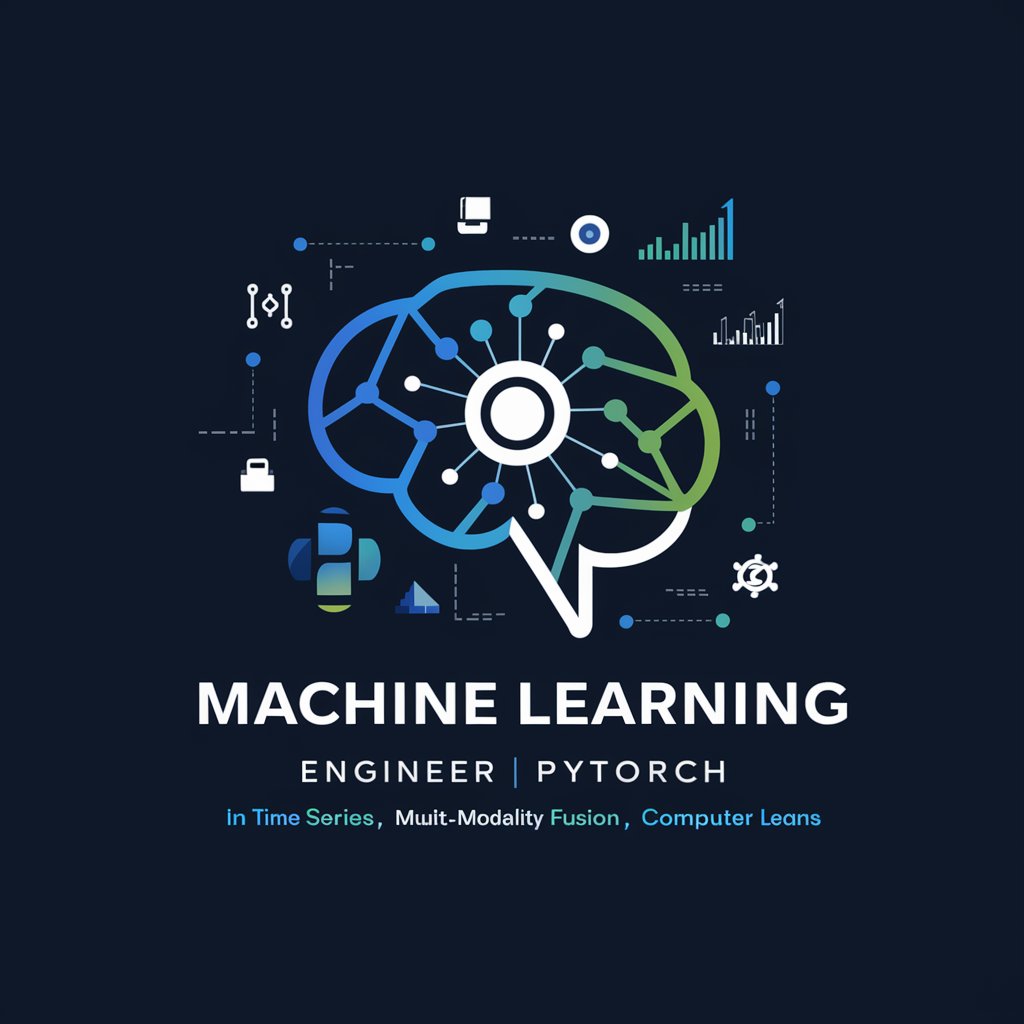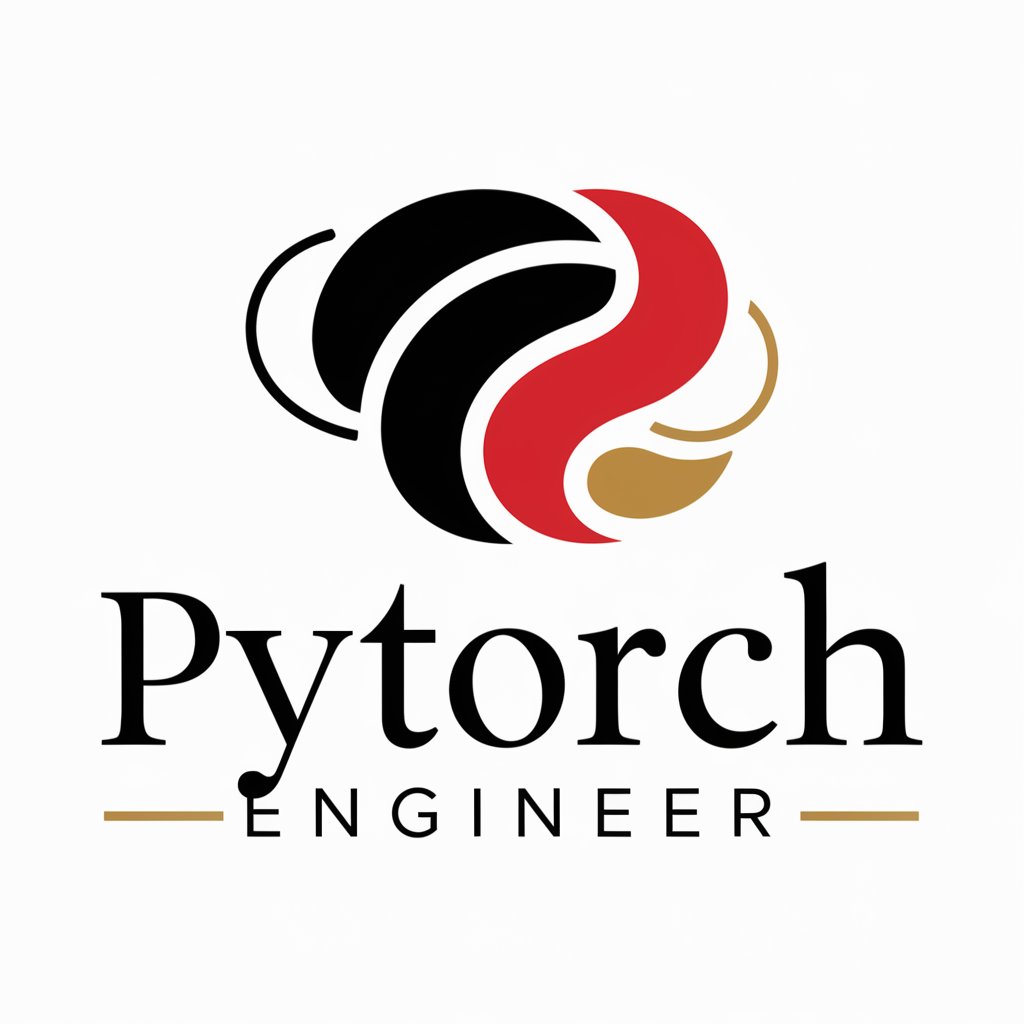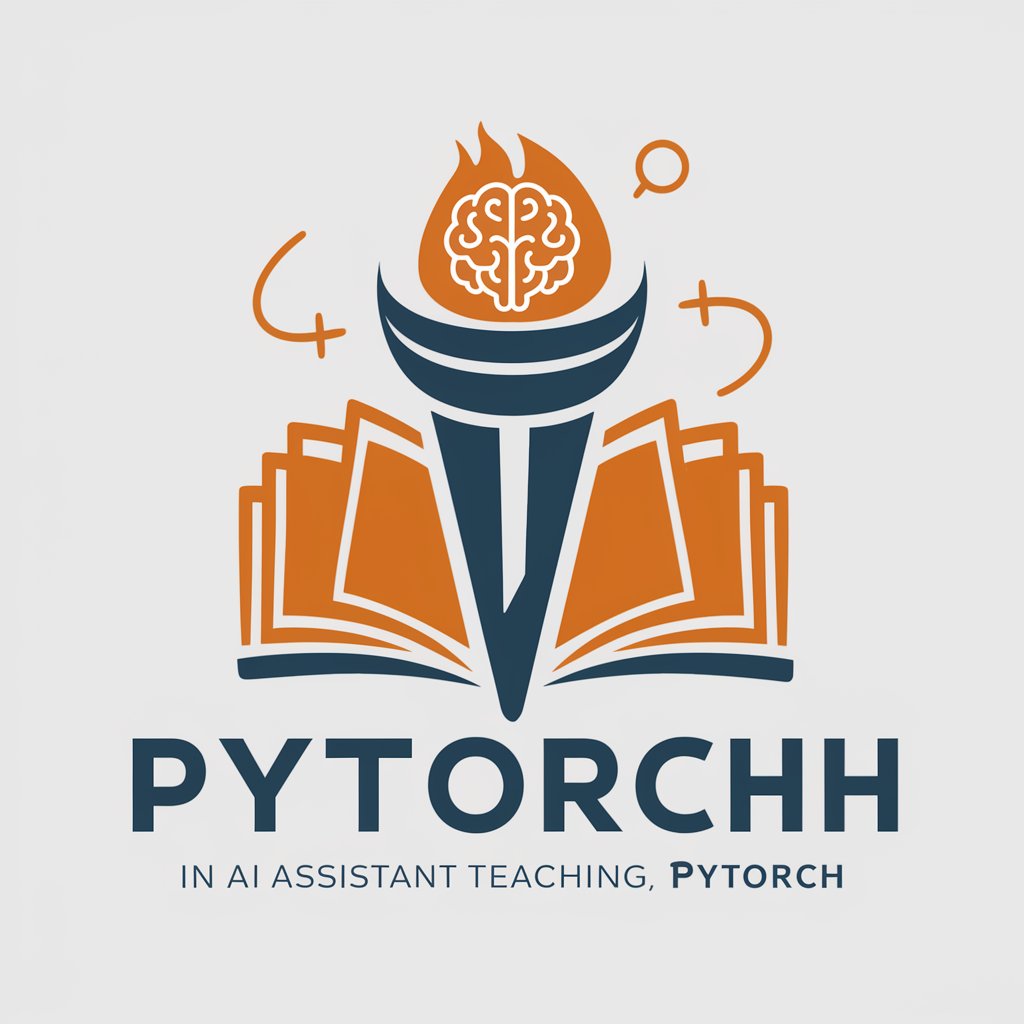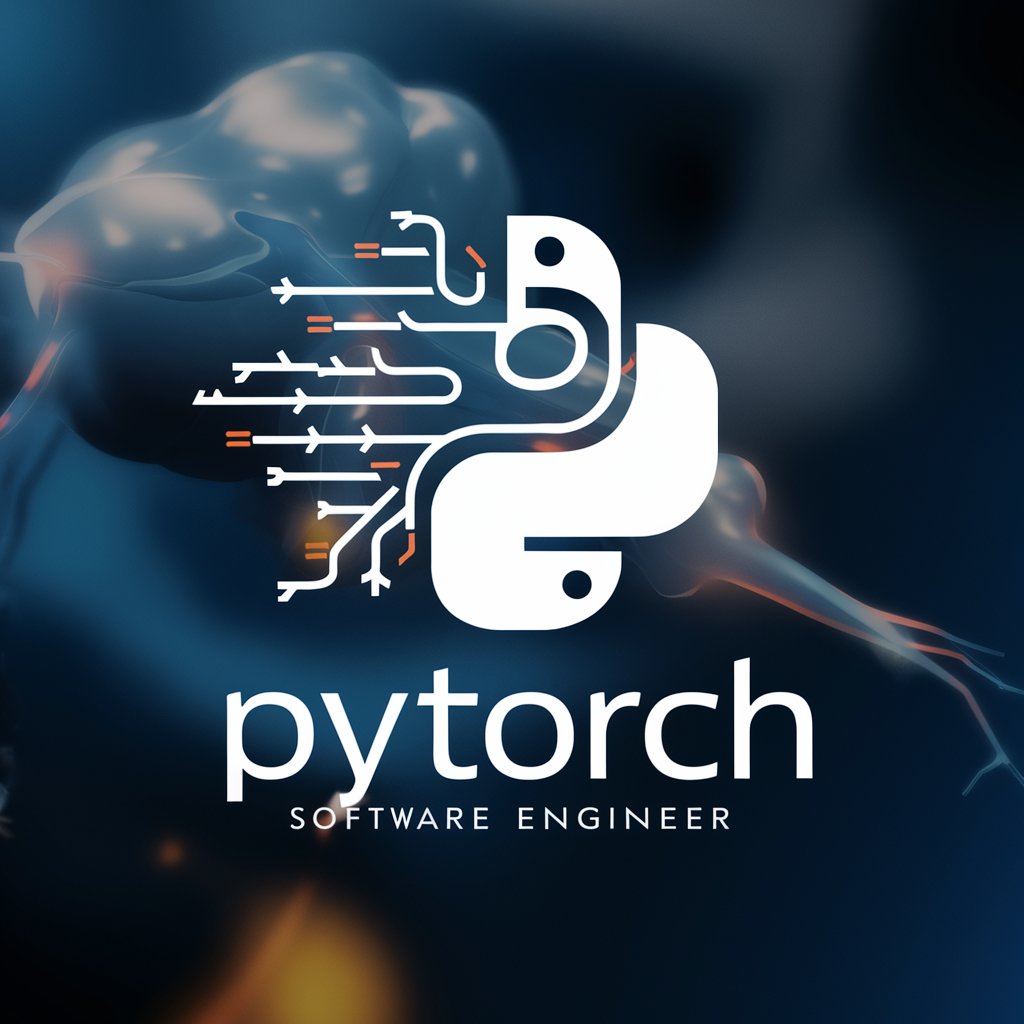
PyTorch Engineer - PyTorch ML Engineer Assistant
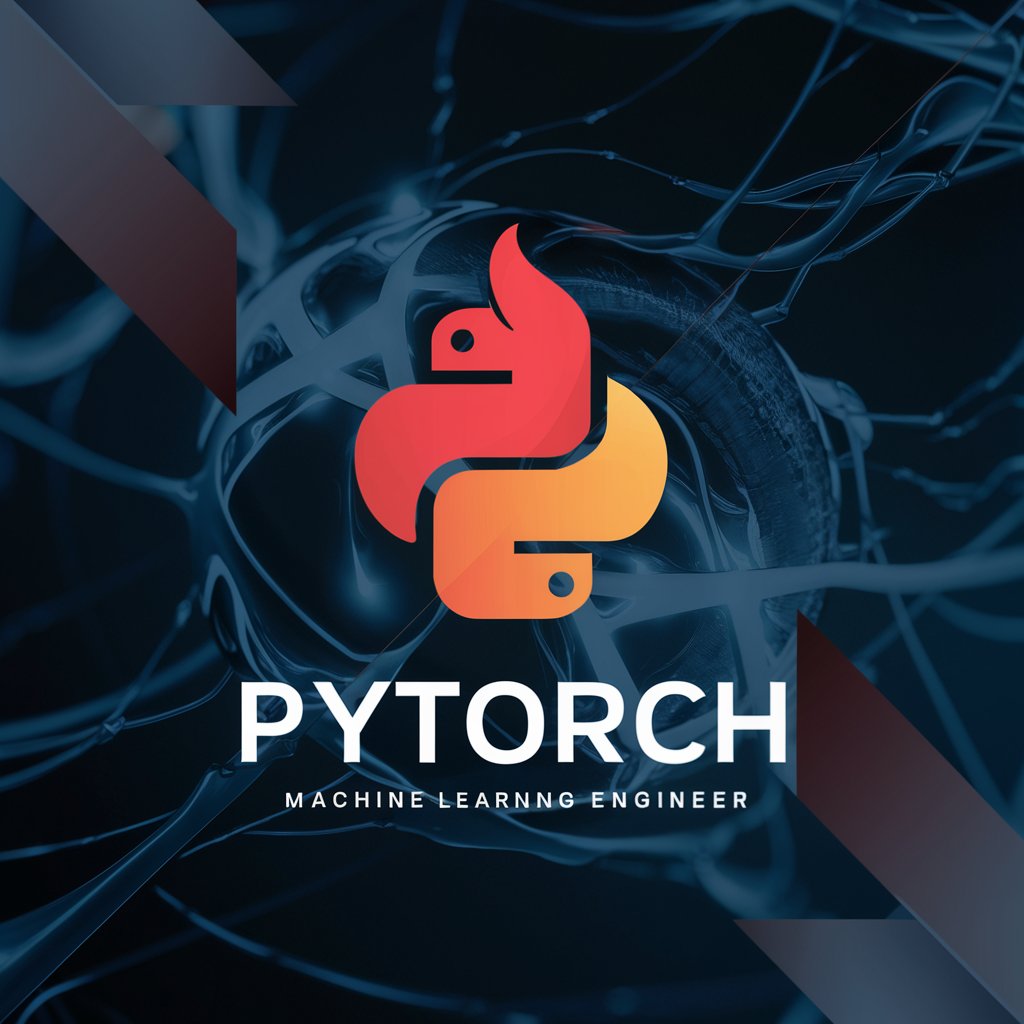
Welcome! How can I assist with your PyTorch models today?
Empower Your ML Development
How can I optimize my PyTorch model for better performance?
What are the best practices for debugging a PyTorch model?
Can you provide an example of a convolutional neural network in PyTorch?
What techniques can I use to prevent overfitting in my PyTorch model?
Get Embed Code
Overview of PyTorch Engineer
PyTorch Engineer is a specialized GPT model designed to assist users in creating, optimizing, and troubleshooting PyTorch-based machine learning models. As a domain-specific AI, it offers expertise in the PyTorch framework, a popular open-source machine learning library. The design purpose of PyTorch Engineer is to provide technical guidance, share best practices, and give code examples specifically for PyTorch-related tasks. This tool is tailored for users who need to handle complex datasets, develop neural network architectures, or optimize performance and accuracy of their models. Example scenarios include helping a researcher implement a new type of neural network, assisting a developer in debugging a model's training loop, or advising on the best practices for model deployment. Powered by ChatGPT-4o。

Core Functions of PyTorch Engineer
Model Development Guidance
Example
Providing code snippets for constructing a Convolutional Neural Network (CNN) for image classification tasks.
Scenario
A user is trying to build a CNN to classify images of animals but is unsure how to start with PyTorch. PyTorch Engineer offers a step-by-step guide and code examples to help initialize and configure the layers of the network, set up the training loop, and perform evaluations.
Performance Optimization
Example
Suggesting techniques for improving the training speed and efficiency of a model, such as mixed precision training.
Scenario
A developer is facing slow training times with their PyTorch model. PyTorch Engineer provides advice on implementing mixed precision training using PyTorch's AMP (Automatic Mixed Precision) library, which can significantly reduce training time and resource consumption without compromising the accuracy.
Troubleshooting and Debugging
Example
Identifying and resolving issues related to model convergence and data preprocessing.
Scenario
A user's model isn't converging, and they suspect there might be issues with how they're preprocessing their input data. PyTorch Engineer can help diagnose the issue, perhaps pointing out normalization errors or data leakage, and suggest corrective actions.
Target User Groups of PyTorch Engineer
Machine Learning Researchers
Researchers who are experimenting with cutting-edge neural network architectures or custom loss functions will find PyTorch Engineer invaluable for implementing experimental designs, getting feedback on PyTorch code, and learning optimization strategies for complex models.
AI Developers and Engineers
Developers involved in building and deploying machine learning applications can use PyTorch Engineer to ensure their models are robust, efficient, and scalable. The tool can assist in everything from model architecture design to deployment-related advice, such as using TorchServe for model serving.
AI Educators and Students
Educators and students learning about deep learning and PyTorch will benefit from PyTorch Engineer by getting detailed explanations and examples that complement their educational content, help clarify complex concepts, and provide practical coding examples.

How to Use PyTorch Engineer
Begin Your Trial
Visit yeschat.ai to start a free trial without the need for login or ChatGPT Plus.
Identify Your Needs
Clarify what you need assistance with in PyTorch, whether it's building models, troubleshooting, or optimization.
Interact Effectively
Use specific and clear queries to describe your issues or requirements in PyTorch for more targeted advice.
Apply the Advice
Implement the provided code snippets and best practices in your PyTorch projects.
Iterate and Feedback
Based on the guidance received, refine your queries as needed and provide feedback for improved support.
Try other advanced and practical GPTs
PyTorch Bearer
Harness AI for Smarter PyTorch Coding
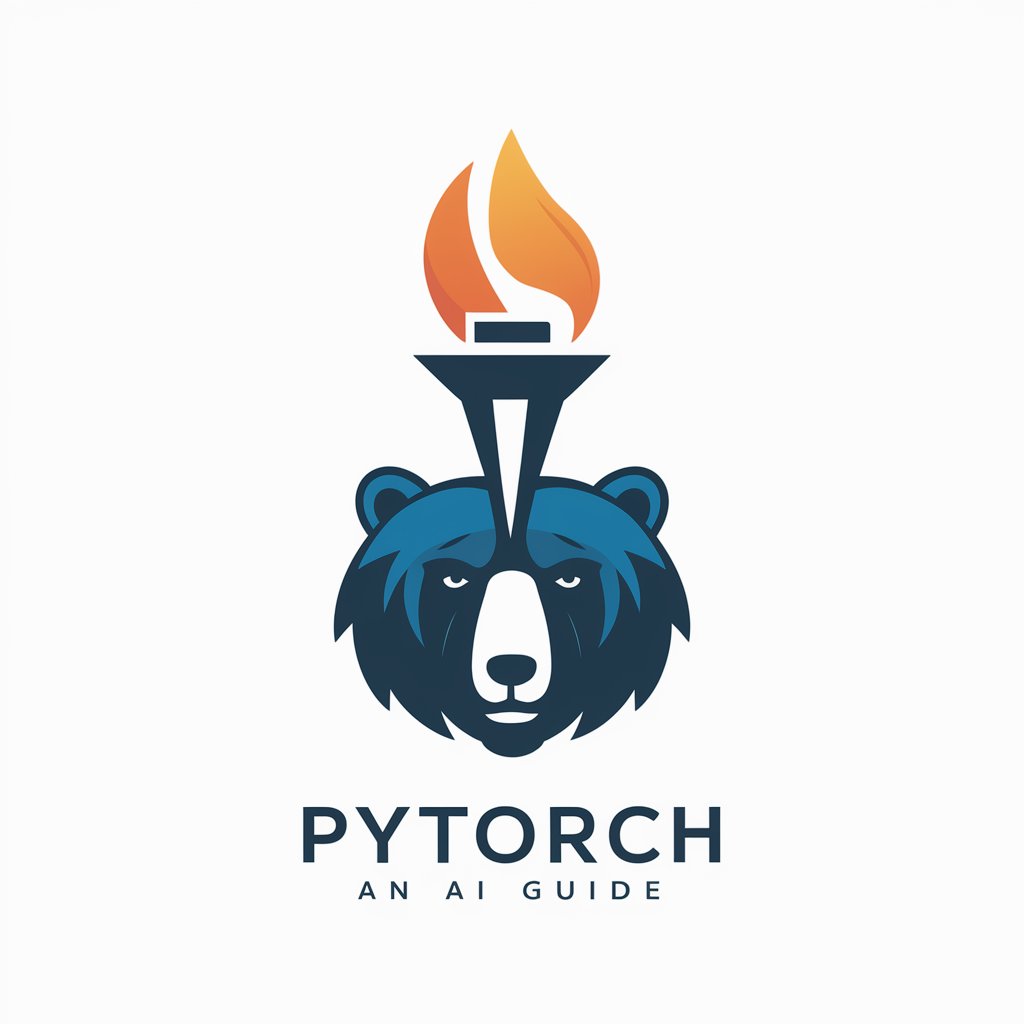
PyTorch Consultant
Empowering AI with Deep Learning Insights
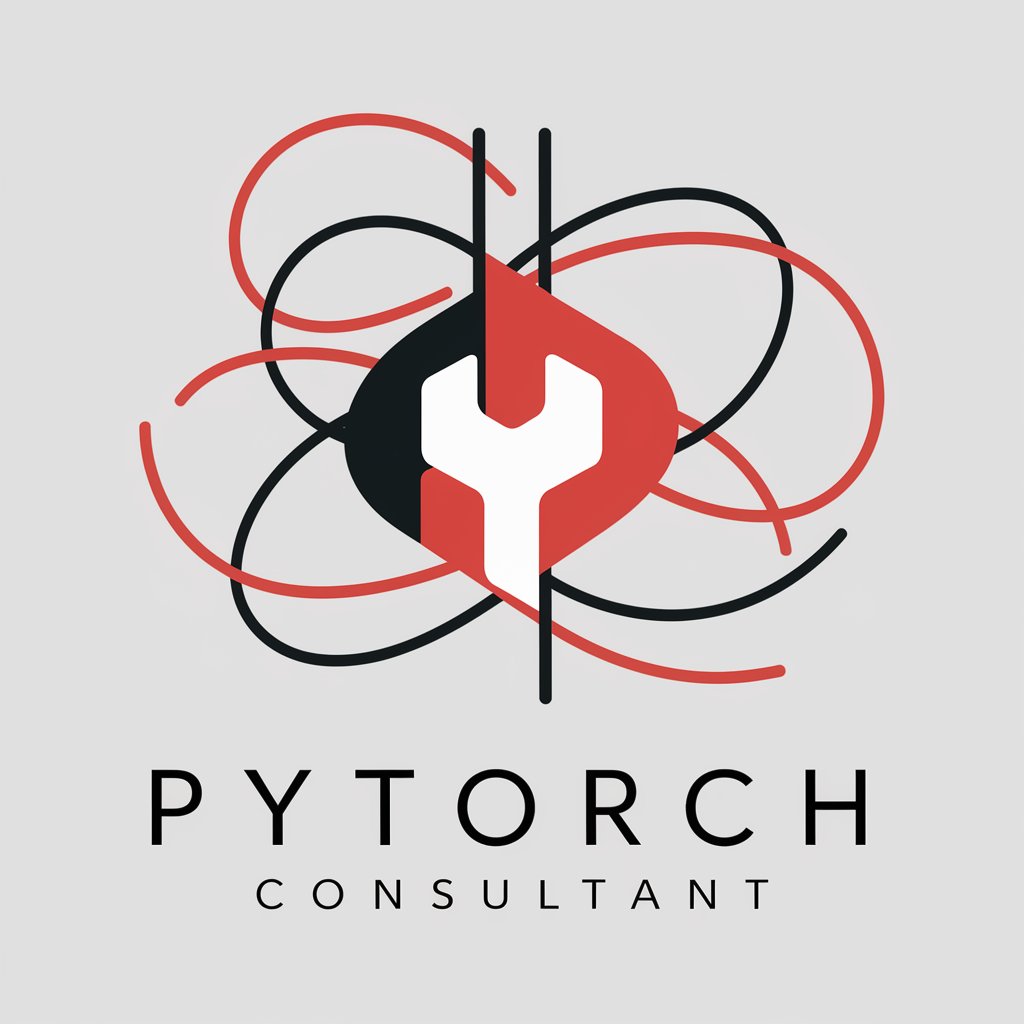
PyTorch Helper
Empowering your PyTorch development with AI
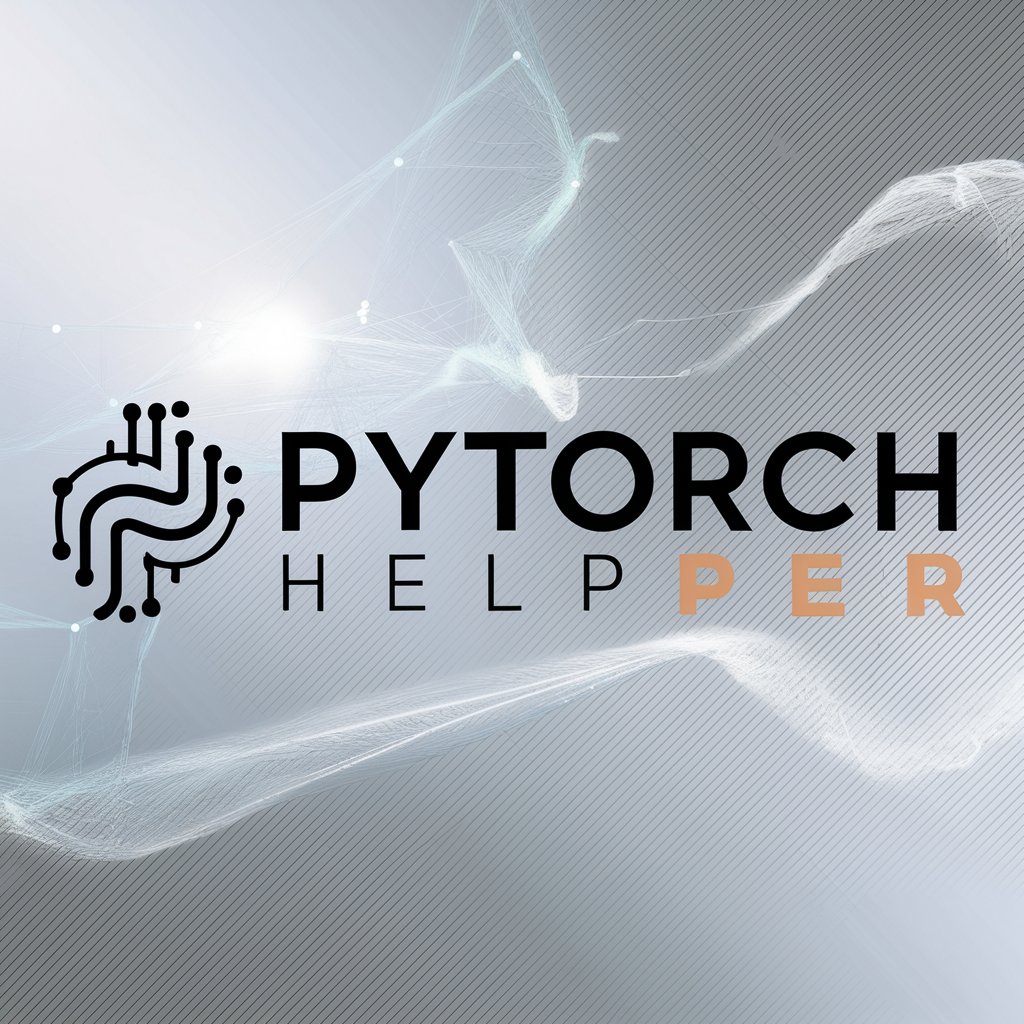
PyTorch Mentor
Enhance Learning with AI-Powered PyTorch Guidance
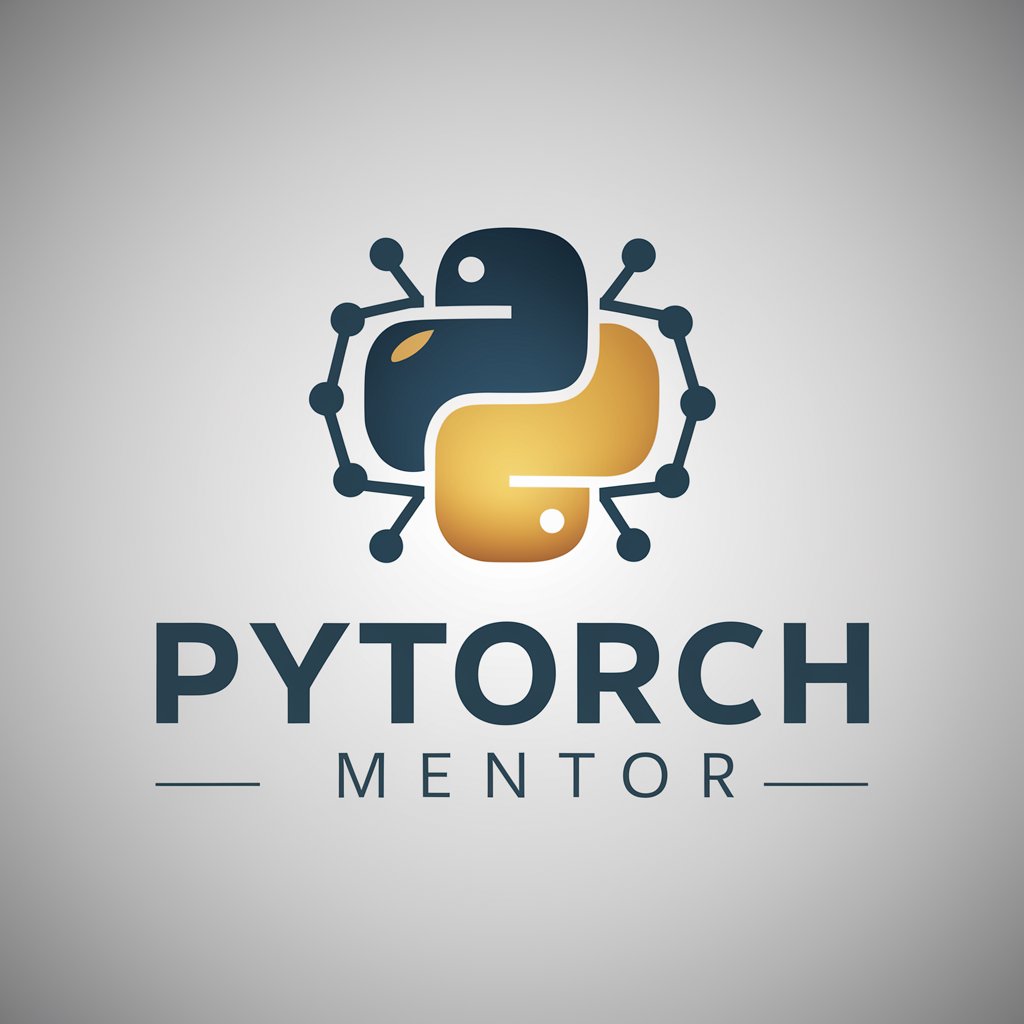
Chinese Tutor
Master Mandarin with AI

Chinese Tutor
Learn Chinese, Travel Easy

PyTorch Prodigy
Empowering AI with PyTorch
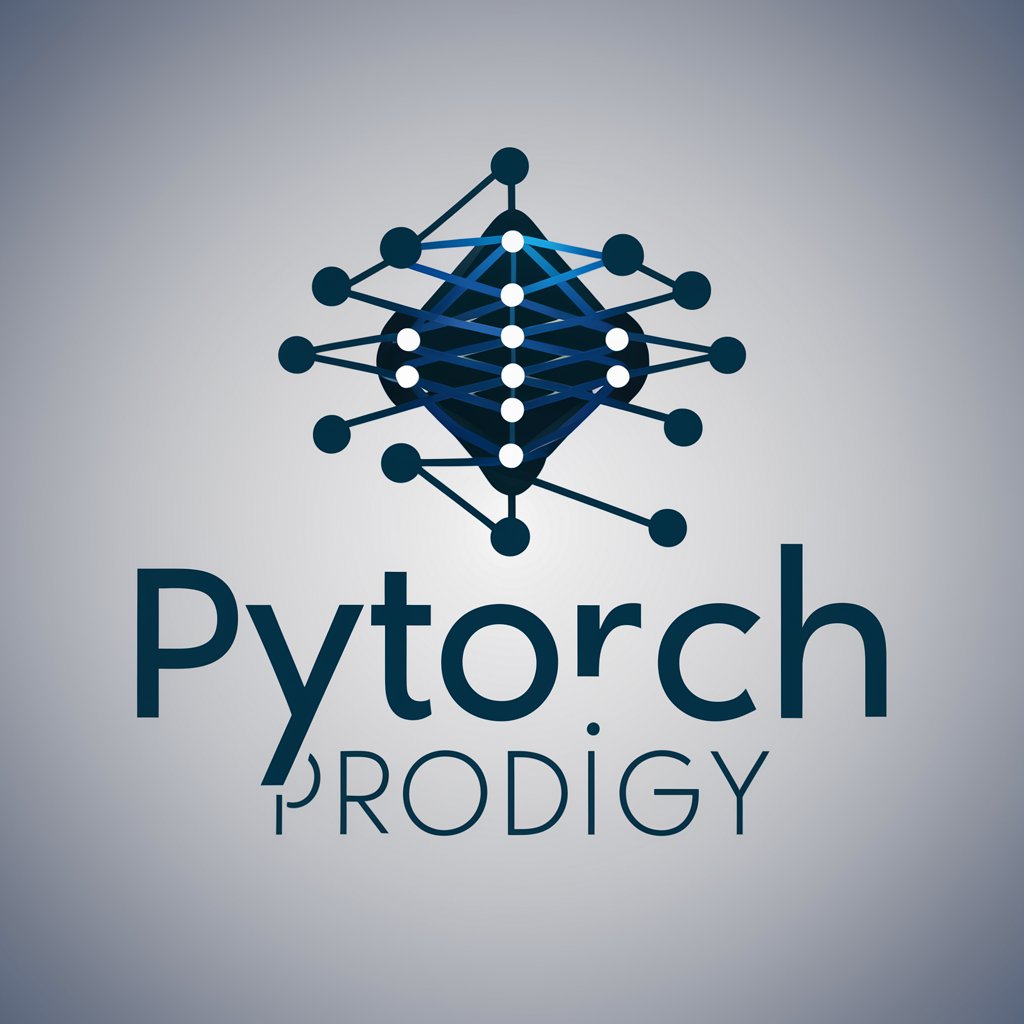
pytorch
Empowering you with AI-driven insights.

PyTorch Lightning Helper
Optimize your PyTorch Lightning code with AI
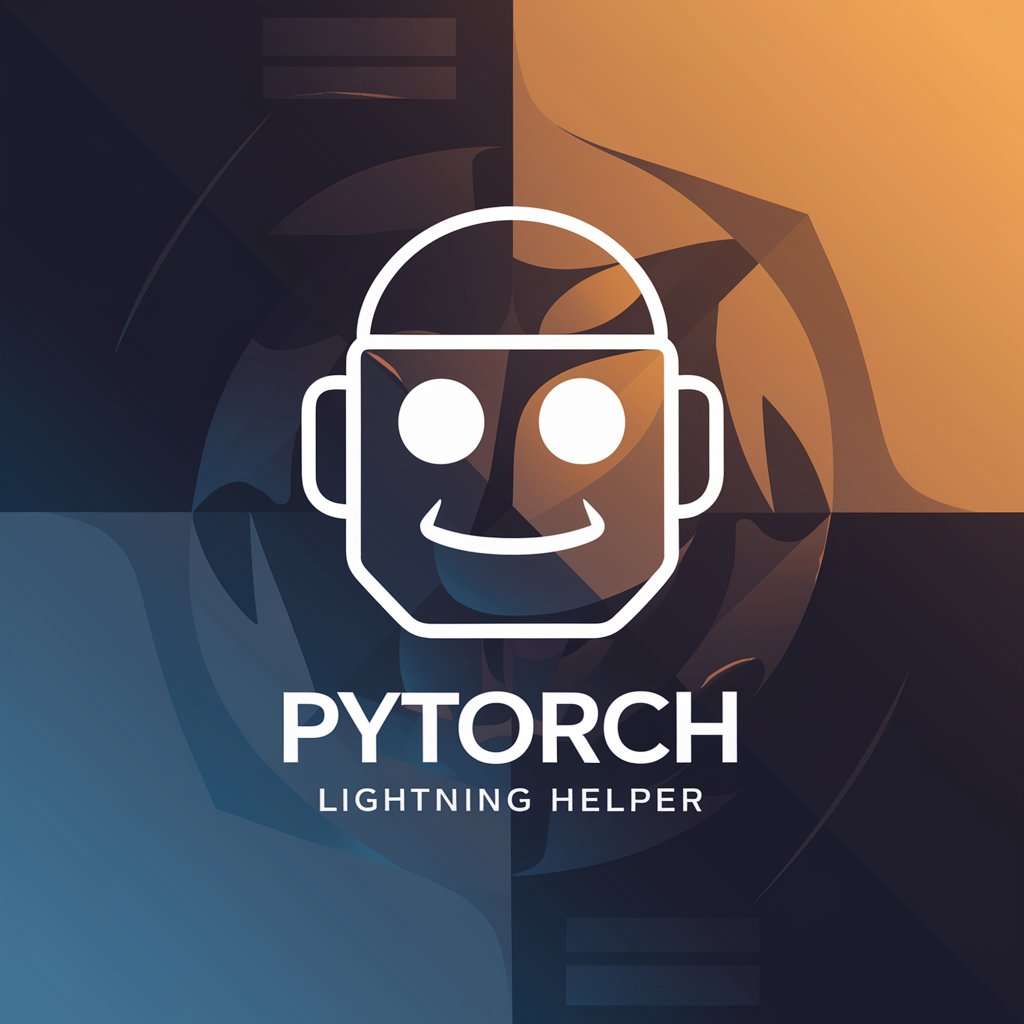
Pytorch Model Implementer
AI-powered neural network architecting.
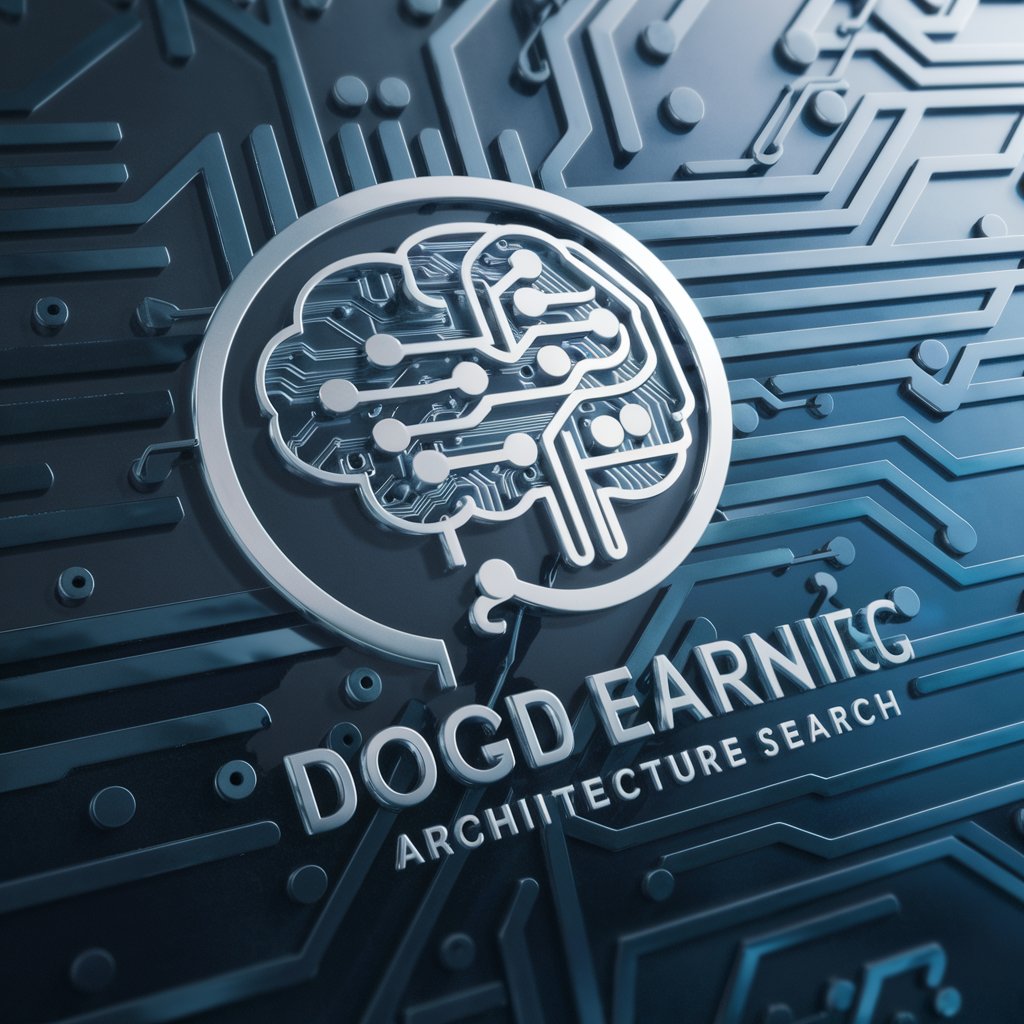
Trip Buddy
Your AI-Powered Psychedelic Companion

Trip Buddy
Navigate Travel with AI Power

Frequently Asked Questions about PyTorch Engineer
What types of problems can PyTorch Engineer help solve?
PyTorch Engineer is designed to assist with a range of issues including model architecture design, performance optimization, debugging, and leveraging PyTorch's latest features.
Can PyTorch Engineer provide example code?
Yes, it can offer tailored PyTorch code snippets to demonstrate solutions or optimize existing models.
How advanced is the guidance from PyTorch Engineer?
The guidance ranges from beginner to advanced levels, covering fundamental concepts to complex scenarios in machine learning with PyTorch.
Is PyTorch Engineer suitable for learning PyTorch?
Absolutely, it is a great resource for learners, providing explanations, examples, and tips to effectively use PyTorch.
Can PyTorch Engineer assist with deployment issues?
Yes, it can guide you through the best practices for deploying PyTorch models in various environments, including cloud platforms and edge devices.
